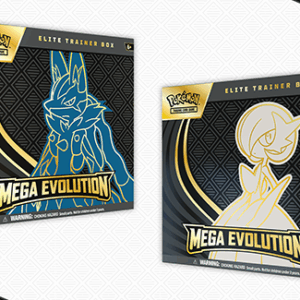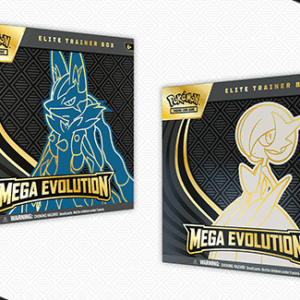Every Friday, as the sun peeks through the windows of sprawling retail chains, you might witness a curious phenomenon unfolding near the entrance. A line. Not just any line, but an enthusiastic assembly of Pokémon trainers—hatted, hoodie-donned, and clutching portable chairs. These individuals are hopeful collectors, poised like eager pikachus at the starting line, ready to grab Pokémon cards the moment the store flickers to life.
The age of Pokémon card mania is upon us once more. But this time, the buzz and bustle are accompanied by an unmistakable whiff of déjà vu, conjuring shades reminiscent of the notorious sports card bubble from decades past. The rampant enthusiasm has morphed into an insatiable hunt, triggering a discussion: how long until this bubble—much like a Jigglypuff lullaby’s effect—suddenly deflates?
Picture this: As the doors swing open, the stampede begins. It’s not just heartfelt fans seeking these treasured items, but the scalpers as well—those industrious individuals with eyes as sharp as Spearow talons and credit limits as lofty as a Charizard’s flight. For them, Pokémon is not a beloved childhood memory reignited, but an investment, a slice of cardboard gold. They arrive, like vultures, ready to hoard sealed boxes, tins, and sparkly packs, hoping to ride the wave to the bank.
However, this speculative frenzy does not come without its own snags. The scalpers’ well-orchestrated maneuvers leave shelves echoing with emptiness, not long after clearing house, these products magically reappear online. Their prices, however, have been stretched, like a Snorlax’s waistband, to cartoonish proportions. This leaves the casual collector, particularly the young hopefuls, sidelined and disheartened—onlookers in a world where nostalgia costs an arm, a leg, and potentially, a Pidgey or two.
In an attempt to balance this demanding scale, The Pokémon Company has been working overtime in their ink-and-paper kitchen, ensuring the griddle of card production is always sizzling. The market’s clamorous demand is met with overflowing tubs of “Evolving Skies,” “Crown Zenith,” and that delightfully artistic “Van Gogh Pikachu” among other fan-favorite sets. The aim? Satisfy the insatiable. The outcome? A paradox of value, where cards once heralded as rare become as common as Ditto with a double helping of Transform.
Consider the “Van Gogh Pikachu”—a card whose reverence should rival starry nights and sunflower fields, now commands the ubiquity of a work of pop art. With nearly 40,000 pristine PSA 10 copies on the block, it speaks volumes about the fate of saturation: where rarity becomes relative, and collecting shifts from treasure hunt to box-filling exercise.
Flashbacks to the era of sports cards are inevitable. Back in the late ‘80s and early ‘90s, the sports card industry spiralled into a frenzy, powered by the same seismic demand. Card companies printed like mad, flooding markets. Enthusiasts dreamed their “rare” cards were nest egg-worthy, only to face a reality where supply not only met but overwhelmed demand. The aftermath? Card prices drastically wilted, leaving devoted collectors with cardboard memorabilia.
Now, the Pokémon market stands atop a similar precipice. Elevated prices driven by the fervor of speculation rather than true rarity, coupled with the ever-increasing PSA population, indicate a voyage towards a treacherous cliff. As cards became more printed than an executive suite’s newsletter, the tipping point creeps closer, with the potential for an ungraceful plummet lurking in the shadows.
Deciphering when this bubble might burst is as enigmatic as unraveling the Pokédex itself. Yet, the signs of oversaturation are as clear as the transparency of a Gastly—evident in every pre-dawn frenzy and every speculative swipe of a credit card. Scalpers, weighed down by mounting debts and inventory they may soon struggle to offload, might be Providence’s first whisper of an impending change.
Long-term collectors, the sages of the scene, call for prudence. They council nostalgia seekers to temper their excitement with an eye on the past, resting on the cues of history. The volatile and seemingly unchecked expansion of the Pokémon TCG in the current market invites parallels to past market downturns. If history is a trusty guide, this craze might soon dance off the stage, teaching a shared tale of collecting consequences and illustrating that while hype may spark fires, true scarcity forges lasting embers.
As you meander out of a bustling store or scroll through online catalogs, consider this: whether for investment, passion, or prosperity, collecting cards, much like battling Pokémon, holds lessons. Some, timeless like an Ash and Pikachu partnership. Others, as fleeting as Butterfree in the sunset.






